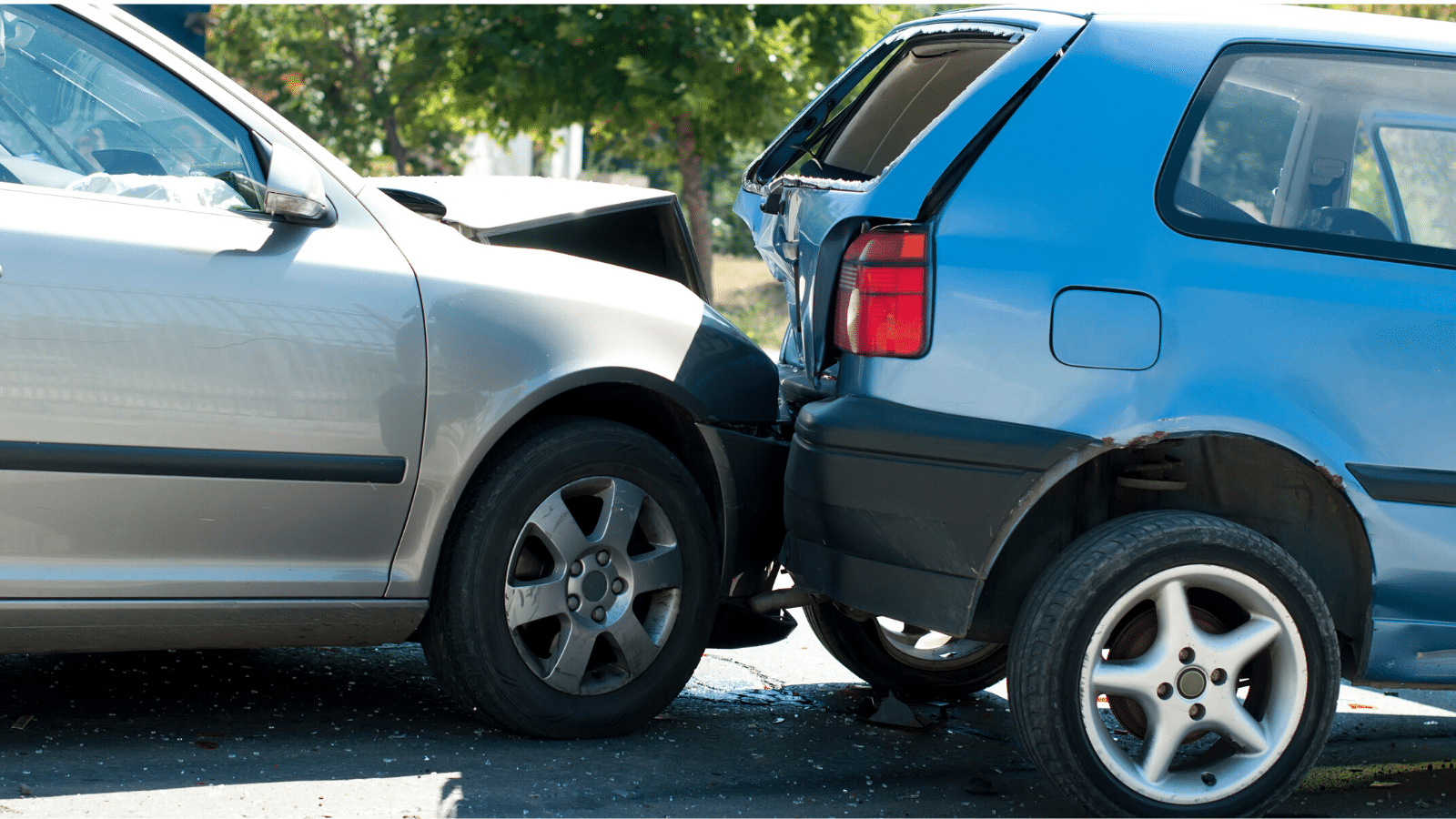If you’ve experienced a rear-end collision before, you’re familiar with how scary, nerve-wracking, and costly they can be. However, what triggers these types of accidents, who is responsible for the losses, and how can you safeguard yourself if it happens?
This article will provide you with important information on rear-end crashes. We will discuss the common causes of these accidents, the various types of injuries that can result, and the legal options available for receiving compensation after these types of collisions.
The Leading Causes Of Rear-End Collisions
It’s crucial to be aware of the causes of rear-end collisions to avoid them, as their effects can be long-lasting. These accidents can occur within seconds but have enduring consequences. The top reasons for rear-end crashes are driver distraction, tailgating, speeding, and fatigue. Distractions refer to anything that takes your focus away from driving, such as using electronic devices, eating or drinking while driving, or engaging in unrelated conversations with passengers.
One of the frequent causes of rear-end collisions is when drivers don’t keep a safe distance from the vehicle in front of them. This may cause them to be unable to stop on time, leading to a possible accident.
Driving at higher speeds increases the risk of rear-end collisions because it takes longer to slow down and stop safely than when driving at the speed limit. Another factor that plays a big role in car accidents is driver fatigue which can impair concentration and lead to distractions and forgetfulness while driving.
What Are The Most Common Injuries That Occur From Rear-End Collisions?
Due to the sudden and forceful contact of one vehicle into another, rear-end collisions can cause serious injury. The injuries resulting from such collisions can range from minor scrapes and bruises to life-threatening conditions.
The severity of an injury in a car accident depends on several factors, such as the size of the vehicle that caused the collision, the speed at which the collision occurred, and whether the passengers were wearing their seatbelts. Rear-end collisions often result in common injuries such as:
- Whiplash – Whiplash is a type of neck injury that typically develops a few days after a forceful forward and backward movement of the head, which can occur during a car accident.
- Spinal Cord Injuries – Rear-ending a car at a high speed can cause spinal cord injuries, which may result in loss of feeling or paralysis below the point of impact due to nerve damage.
- Soft Tissue Injuries – Soft tissue injuries refer to damage to the muscles, ligaments, and tendons in the body. Such injuries happen when these tissues are stretched too far beyond their normal range, resulting in sprains or tears that can cause severe pain, swelling, or bruising.
- Traumatic Brain Injuries – A traumatic brain injury (TBI) occurs when your brain is damaged from an impact or sudden jolt to your head or body. The symptoms can vary from mild concussions to more serious damage.
If you’ve been in a rear-end car accident and are experiencing any of the mentioned conditions, it’s crucial that you seek immediate medical attention and also discuss your case with a skilled personal injury lawyer.
What Is Shared Fault?
In a rear-end collision, both drivers can be partially responsible for the accident. This is called shared fault and can complicate figuring out who is to blame and how much. These details can impact the amount of compensation you may receive when making a claim.
Contributing Factors Of Rear-End Accidents
Rear-end collisions can have varying levels of liability for each party involved, based on the circumstances of the incident. Factors that often contribute to these types of accidents include:
- Driving at a speed higher than what is safe or appropriate for the current driving conditions
- Following behind another vehicle to closely
- Driving while distracted by other passengers or electronic devices
- Not following traffic signs or signals
- Operating a motor vehicle while under the influence of drugs or alcohol
It’s important to remember that even when two drivers are considered equally at fault for an accident, one may still have legal grounds for claiming another driver – this all depends on your state’s negligence laws.
What Is Comparative Negligence?
To better comprehend who is responsible for a rear-end collision, it can be helpful to learn about comparative negligence. This is a method utilized in certain states that determines fault for a rear-end collision in proportion to the fault of each driver involved..
To determine who is responsible for an accident, the state will examine evidence from the scene, including witness statements and police reports. Each driver will be assigned a percentage of fault based on how much they contributed to the accident. Even if one driver is mostly to blame, both drivers can still receive compensation based on their level of responsibility.
How Do You Determine Liability For Rear-End Collisions?
If someone has hit you from behind, you may be uncertain about who is responsible and what the consequences might be.
It is not always the case that the person in the back is responsible for a collision. In certain situations, both parties may have contributed to the accident, and consulting with a lawyer can help you fully understand your legal options.
Contact A Car Accident Lawyer Serving Port Charlotte
At FGB Law Firm, our knowledgeable personal injury attorneys can assist you in comprehending your legal rights and obtaining appropriate compensation for any damages or injuries due to the rear-end collision. Our team of car accident lawyers in Port Charlotte specializes in rear-end collisions and their impact on your life. We will investigate your accident to determine who is responsible for it and hold them accountable.
Call FGB Law Firm, car accident lawyers serving Port Charlotte, Florida, today at 941-979-9010 or complete our online contact form.


